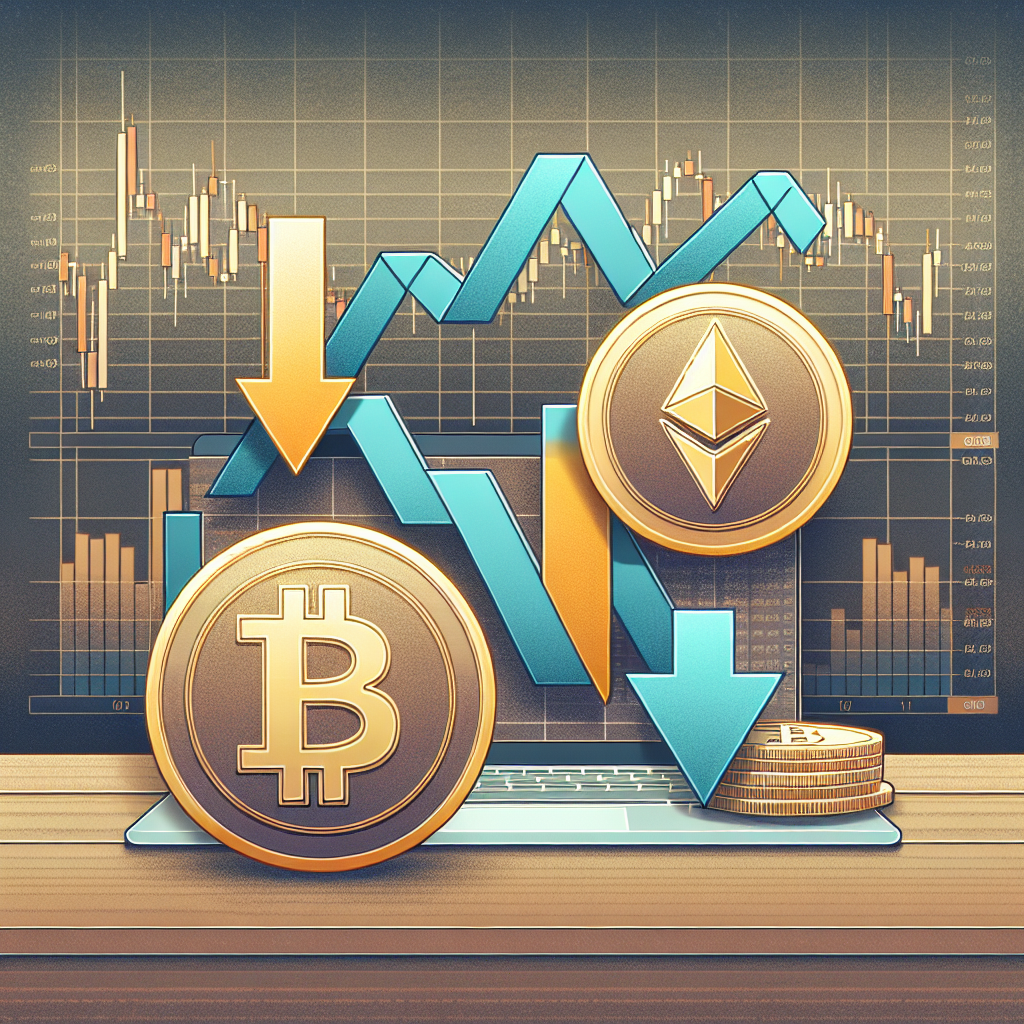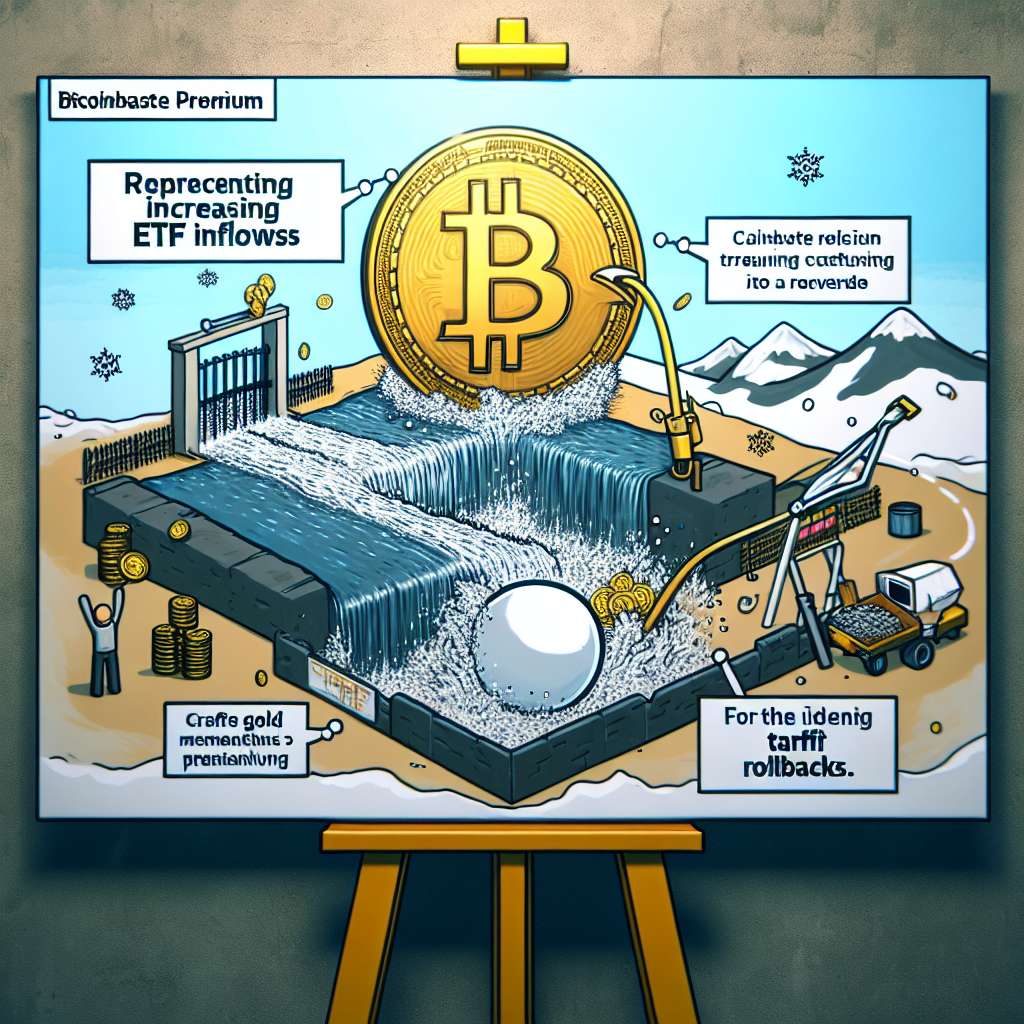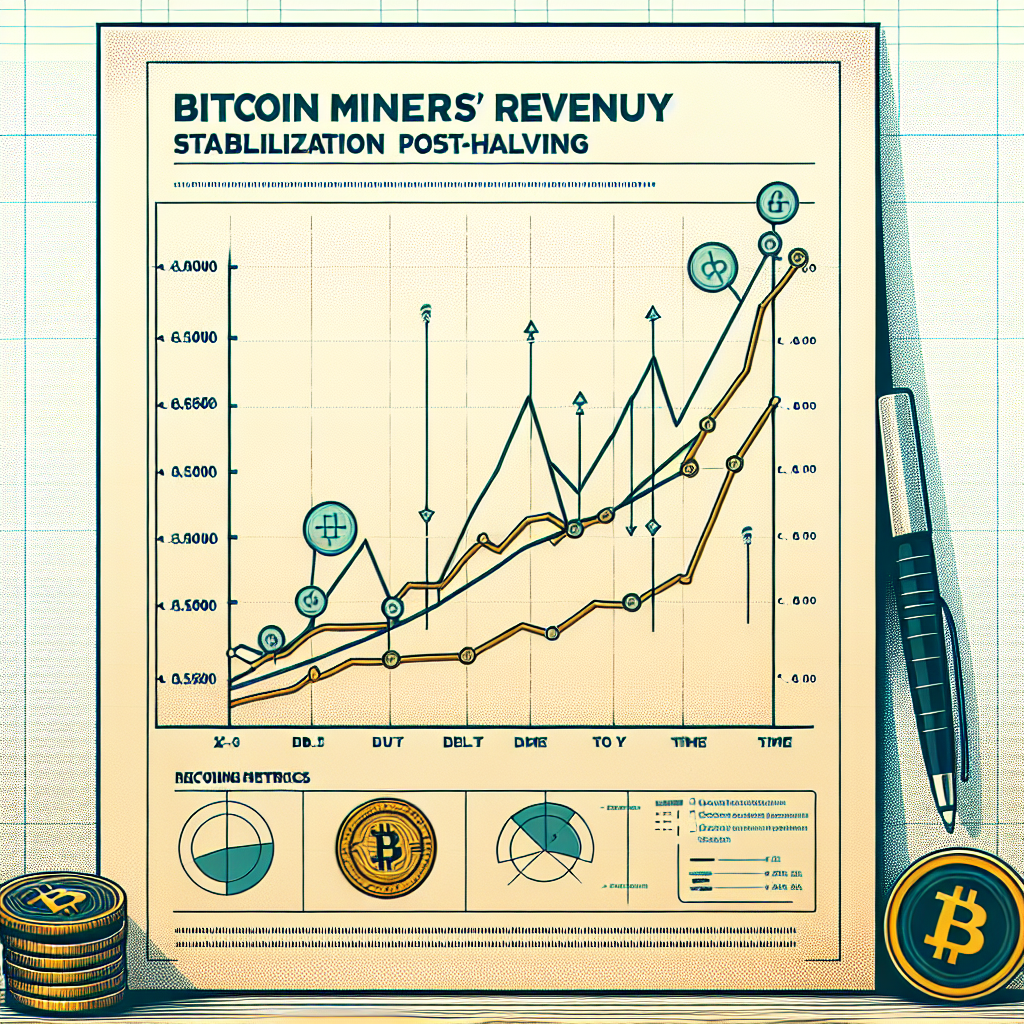Regulatory Uncertainty Dampening Bitcoin’s Response to a Weaker Dollar
Bitcoin’s muted response to the declining US Dollar Index (DXY) can largely be attributed to ongoing regulatory uncertainty, which continues to overshadow the cryptocurrency market. Typically, a weakening dollar provides a favorable environment for alternative assets, including Bitcoin, as investors seek hedges against currency depreciation and inflation. However, despite the recent downward trend in the DXY, Bitcoin has not experienced the anticipated surge, indicating that other factors are at play.
One of the primary reasons behind Bitcoin’s subdued performance is the heightened regulatory scrutiny from governments and financial authorities worldwide. In recent months, regulatory bodies, particularly in the United States, have intensified their oversight of cryptocurrency exchanges, stablecoins, and decentralized finance (DeFi) platforms. This increased scrutiny has created an atmosphere of caution among institutional investors, who are hesitant to allocate significant capital into Bitcoin until clearer regulatory frameworks are established.
Moreover, the Securities and Exchange Commission (SEC) has continued to delay decisions on Bitcoin exchange-traded fund (ETF) applications, further contributing to market uncertainty. Approval of a Bitcoin ETF would likely attract substantial institutional investment, providing legitimacy and stability to the cryptocurrency market. However, repeated delays and rejections have dampened investor sentiment, causing many to adopt a wait-and-see approach rather than actively investing in Bitcoin during periods of dollar weakness.
In addition to the SEC’s cautious stance, other regulatory developments have also impacted investor confidence. For instance, recent enforcement actions against major cryptocurrency exchanges and platforms have raised concerns about compliance and operational risks. High-profile cases involving allegations of fraud, money laundering, and securities violations have reinforced perceptions of cryptocurrency markets as risky and unpredictable. Consequently, investors who might otherwise have turned to Bitcoin as a hedge against a weakening dollar are instead opting for traditional safe-haven assets such as gold or treasury bonds.
Furthermore, international regulatory uncertainty compounds the issue. Countries such as China have maintained strict bans on cryptocurrency trading and mining, while others, including India and the European Union, continue to deliberate on comprehensive regulatory frameworks. This fragmented global regulatory landscape creates additional complexity for investors, who must navigate varying rules and potential legal risks across jurisdictions. As a result, institutional investors remain cautious, limiting their exposure to Bitcoin despite favorable macroeconomic conditions.
The ongoing regulatory uncertainty also affects retail investor sentiment. Retail investors, who have historically driven significant price movements in Bitcoin, are increasingly wary of potential regulatory crackdowns and restrictions. This caution has translated into reduced trading volumes and diminished market enthusiasm, further suppressing Bitcoin’s price response to the weakening dollar.
In conclusion, while a declining US Dollar Index typically provides a supportive environment for Bitcoin, the cryptocurrency’s recent lackluster performance underscores the significant impact of regulatory uncertainty. Heightened scrutiny from financial authorities, delays in ETF approvals, enforcement actions against exchanges, and fragmented international regulations have collectively dampened investor confidence. Until clearer regulatory guidelines emerge, Bitcoin is likely to remain constrained, unable to fully capitalize on macroeconomic conditions that would otherwise favor its growth.
Investor Caution Amid Global Economic Instability Limits Bitcoin’s Gains
Despite the weakening of the US Dollar Index (DXY), Bitcoin has not experienced the significant upward momentum that many investors anticipated. Typically, a declining dollar index signals increased investor appetite for alternative assets, including cryptocurrencies. However, the current global economic landscape has introduced complexities that have tempered investor enthusiasm, limiting Bitcoin’s potential gains.
One primary factor contributing to investor caution is the persistent uncertainty surrounding global economic stability. Recent geopolitical tensions, coupled with ongoing inflationary pressures and central bank policy shifts, have created an environment of heightened risk aversion. Investors, wary of potential volatility, have become increasingly selective in their asset allocation strategies. Consequently, even though Bitcoin is often viewed as a hedge against traditional financial instability, the cryptocurrency has not fully benefited from the dollar’s decline due to broader market apprehension.
Moreover, the tightening monetary policies adopted by major central banks, particularly the U.S. Federal Reserve, have significantly influenced investor sentiment. Rising interest rates have made traditional fixed-income investments more attractive, prompting investors to reconsider their exposure to riskier assets such as cryptocurrencies. As yields on government bonds and other safer instruments increase, the relative appeal of Bitcoin diminishes, especially among institutional investors who prioritize stability and predictable returns. This shift in investor preference has further constrained Bitcoin’s ability to capitalize on the weakening dollar.
Additionally, regulatory uncertainty continues to weigh heavily on the cryptocurrency market. Governments and regulatory bodies worldwide have intensified their scrutiny of digital assets, introducing stricter compliance requirements and enforcement actions. In the United States, regulatory agencies such as the Securities and Exchange Commission (SEC) have signaled their intent to impose clearer guidelines and tighter oversight on cryptocurrency exchanges and related financial products. This evolving regulatory landscape has introduced an additional layer of uncertainty, prompting investors to adopt a cautious stance toward Bitcoin and other cryptocurrencies until clearer regulatory frameworks emerge.
Furthermore, the recent turmoil in the banking sector has also contributed to investor caution. The collapse of several prominent banks and financial institutions has raised concerns about systemic risk and liquidity constraints within the broader financial system. While Bitcoin proponents argue that such instability underscores the value of decentralized assets, many investors remain hesitant to increase their exposure to cryptocurrencies amid ongoing financial sector volatility. Instead, they prefer to maintain liquidity or seek refuge in traditional safe-haven assets such as gold or government bonds.
Finally, the lingering effects of recent cryptocurrency market downturns have left investors wary of potential volatility. The significant price corrections experienced by Bitcoin and other digital assets in recent months have underscored the inherent risks associated with cryptocurrency investments. Investors who previously experienced substantial losses may now approach the market with greater caution, limiting their willingness to commit substantial capital despite favorable macroeconomic indicators such as a declining dollar index.
In conclusion, while a falling US Dollar Index typically provides a favorable backdrop for Bitcoin’s appreciation, the current global economic instability, regulatory uncertainty, tightening monetary policies, and recent market volatility have collectively dampened investor enthusiasm. Until these uncertainties are resolved or mitigated, investor caution is likely to persist, limiting Bitcoin’s potential gains despite the weakening dollar.
Rising Interest Rates Diverting Attention Away From Bitcoin Despite Falling DXY
In recent months, the US Dollar Index (DXY) has experienced a noticeable decline, traditionally signaling a favorable environment for alternative assets such as Bitcoin. Historically, a weakening dollar has often correlated with increased investor interest in cryptocurrencies, as market participants seek alternative stores of value to hedge against currency depreciation. However, despite the current downward trajectory of the DXY, Bitcoin has not exhibited the expected bullish momentum. One significant factor contributing to this divergence is the sustained rise in interest rates, which has diverted investor attention away from Bitcoin and other cryptocurrencies.
Central banks, particularly the Federal Reserve, have aggressively raised interest rates in response to persistent inflationary pressures. Higher interest rates typically enhance the attractiveness of traditional financial instruments, such as bonds and savings accounts, by offering investors safer and more predictable returns. Consequently, investors who previously sought higher yields in riskier assets like Bitcoin are now reconsidering their positions, opting instead for safer, interest-bearing investments. This shift in investor preference has significantly dampened the demand for Bitcoin, despite the weakening dollar.
Moreover, rising interest rates have increased borrowing costs, leading to tighter liquidity conditions across global financial markets. As liquidity tightens, investors become more risk-averse, reducing their exposure to volatile assets such as cryptocurrencies. Bitcoin, known for its price volatility and speculative nature, becomes less appealing under these conditions. Investors are increasingly prioritizing capital preservation and stability, further diminishing the appeal of Bitcoin as an investment option.
Additionally, the current macroeconomic environment characterized by uncertainty and recessionary fears has amplified investor caution. While a declining DXY might typically encourage investors to diversify into alternative assets, the prevailing economic uncertainty has overshadowed this traditional correlation. Investors are wary of allocating capital to speculative assets amid concerns of potential economic downturns, preferring instead to maintain liquidity or invest in assets perceived as safer havens.
Furthermore, regulatory scrutiny and uncertainty surrounding cryptocurrencies have intensified in recent months, adding another layer of complexity to Bitcoin’s price dynamics. Regulatory bodies worldwide have signaled intentions to implement stricter oversight and compliance requirements for cryptocurrency exchanges and transactions. This regulatory uncertainty has discouraged institutional investors from significantly increasing their exposure to Bitcoin, despite the weakening dollar. Institutional investors, who often drive substantial market movements, are hesitant to commit substantial capital to Bitcoin until clearer regulatory frameworks emerge.
In addition to regulatory concerns, the cryptocurrency market has faced internal challenges, including high-profile collapses of crypto exchanges and lending platforms. These incidents have undermined investor confidence, prompting many to reassess the risks associated with cryptocurrency investments. The erosion of trust within the crypto ecosystem has further contributed to Bitcoin’s muted response to the declining DXY.
In conclusion, while a falling US Dollar Index traditionally supports Bitcoin’s price appreciation, the current environment of rising interest rates, tightening liquidity, macroeconomic uncertainty, regulatory scrutiny, and internal market challenges has significantly diverted investor attention away from Bitcoin. Investors are increasingly prioritizing safer, interest-bearing assets and adopting a cautious stance toward speculative investments. Until these factors subside or investor sentiment shifts, Bitcoin may continue to experience limited upward momentum despite the weakening dollar.
![Ultimate Guide to the [Mind of Pepe ($MIND)] Token Sale: How to Participate and Key Insights](https://autocryptonews.com/wp-content/uploads/2025/04/トークンセール用アイキャッチ画像.jpg)




